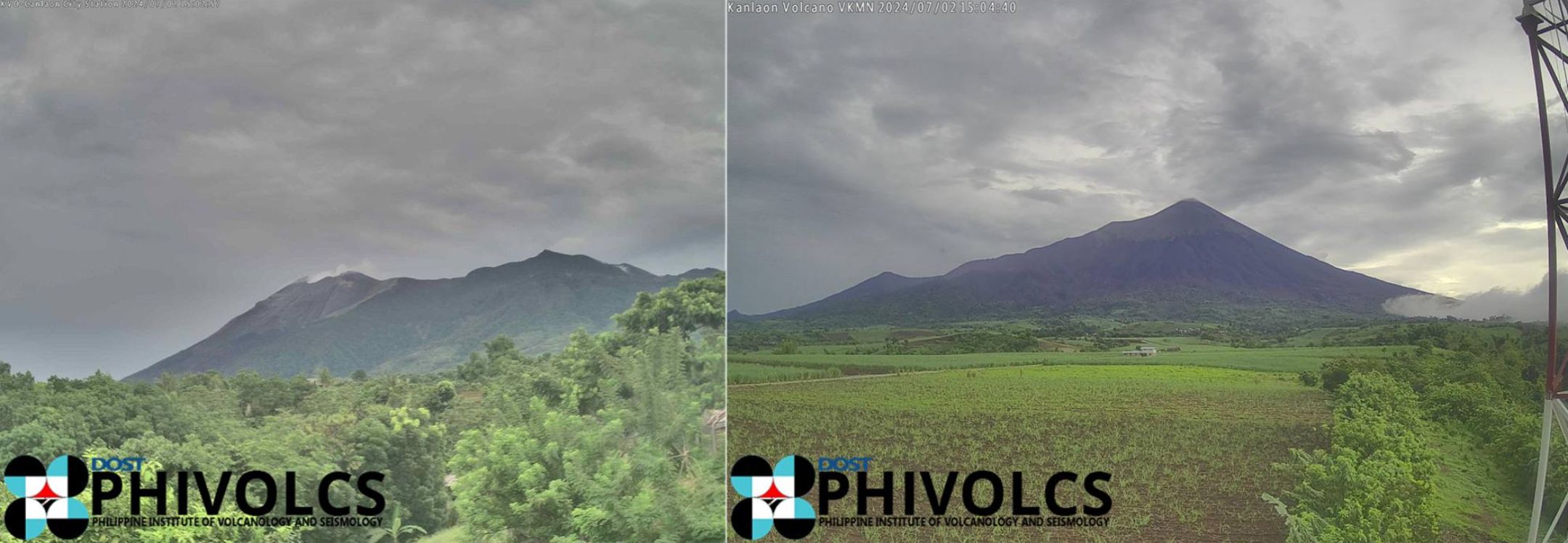Phivolcs observes persistent 'swelling' of Kanlaon Volcano, warns of heightened risk of eruptive activity

By ELLALYN DE VERA-RUIZ
The Philippine Institute of Volcanology and Seismology (Phivolcs) has observed a continuous increase in ground deformation at Kanlaon Volcano over the past month, indicating an increased likelihood of eruptive activity.
In an advisory issued on Monday, July 15, Phivolcs reported a pronounced increase in the inflation or swelling of Kanlaon Volcano’s edifice since June 18, based on ground deformation monitoring.
“Electronic distance meter (EDM) measurements by Kanlaon Volcano Observatory tracked an abrupt order of magnitude shortening of campaign EDM lines on the middle and lower southeastern slopes that began on June 18, 2024, and has become sustained since then,” Phivolcs said.
It said the inflation or swelling of the volcano had been consistently observed since 2022, based on continuous GPS and electronic tilt measurements, suggesting long-term pressurization within the volcano.
Considering the persistence of volcanic earthquake activity and elevated volcanic sulfur dioxide (SO2) emissions, Phivolcs warned that the latest changes in ground deformation parameters could indicate ongoing magmatic intrusion beneath the edifice, increasing the likelihood of eruptive activity.
Phivolcs said Alert Level 2 remains in effect over Kanlaon Volcano due to the ongoing “increased unrest.”
Under Alert Level 2, Phivolcs warned of the potential for explosive eruptions driven by shallow magmatic processes.
The public is strongly advised to avoid the four-kilometer-radius permanent danger zone around the summit crater to minimize risks such as pyroclastic density currents, ballistic projectiles, and rockfalls.
Residents in areas downwind of Kanlaon are urged to prepare for possible ash fall events by covering their nose and mouth with a damp cloth or mask.
Communities residing along river systems on the southern and western slopes are advised to take precautionary measures in anticipation of heavy rainfall, which could trigger lahars and muddy streamflows.